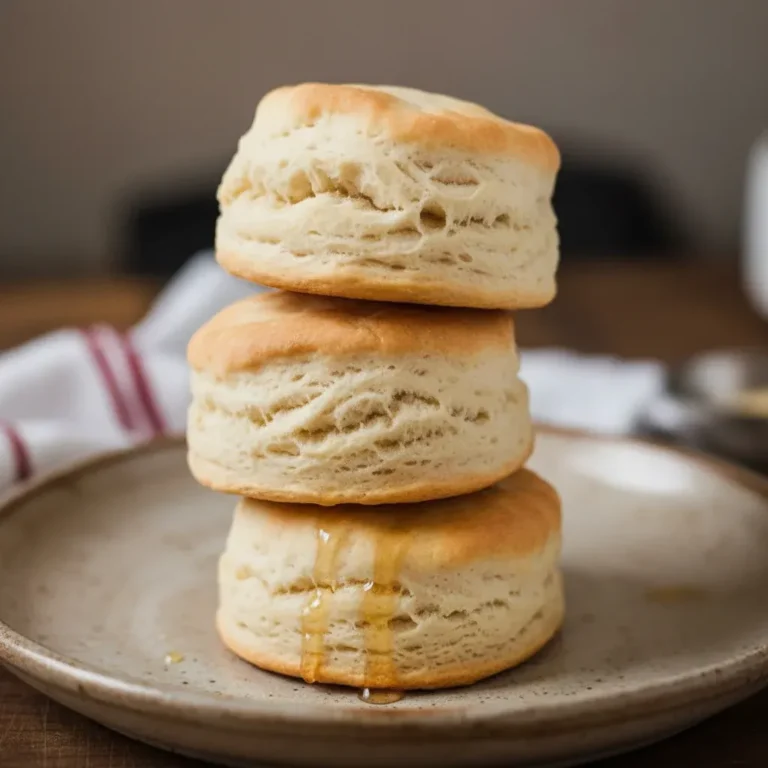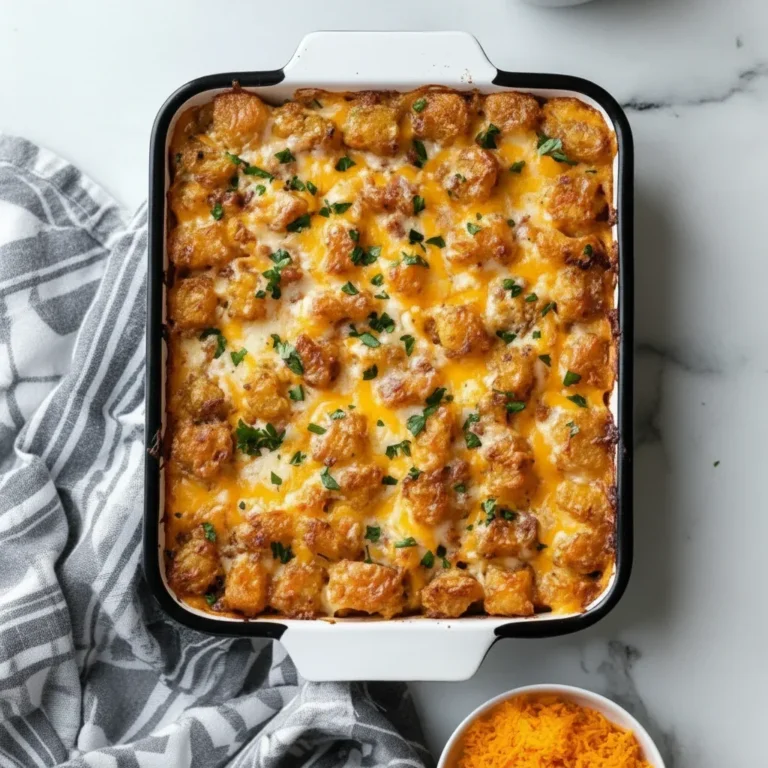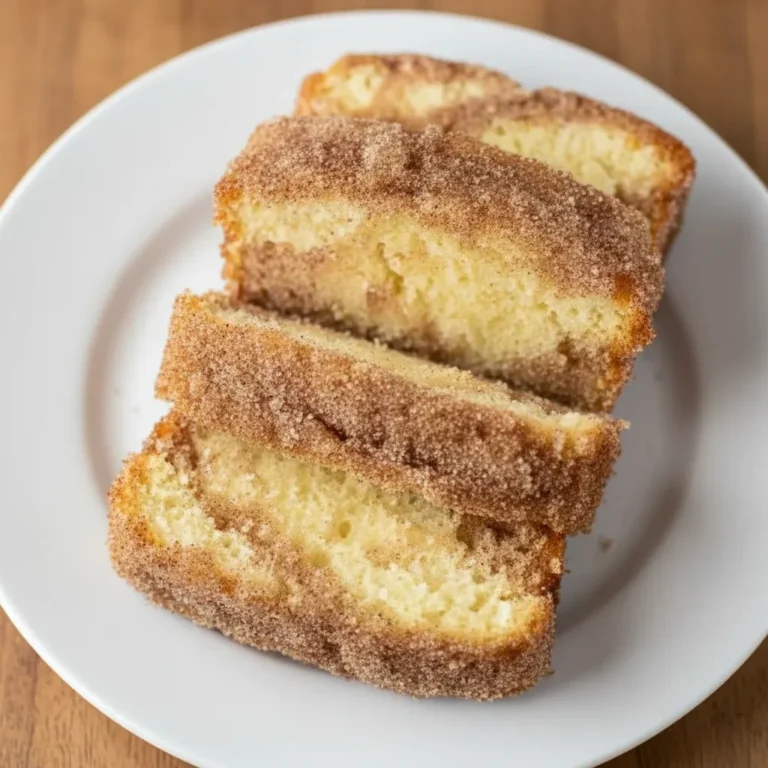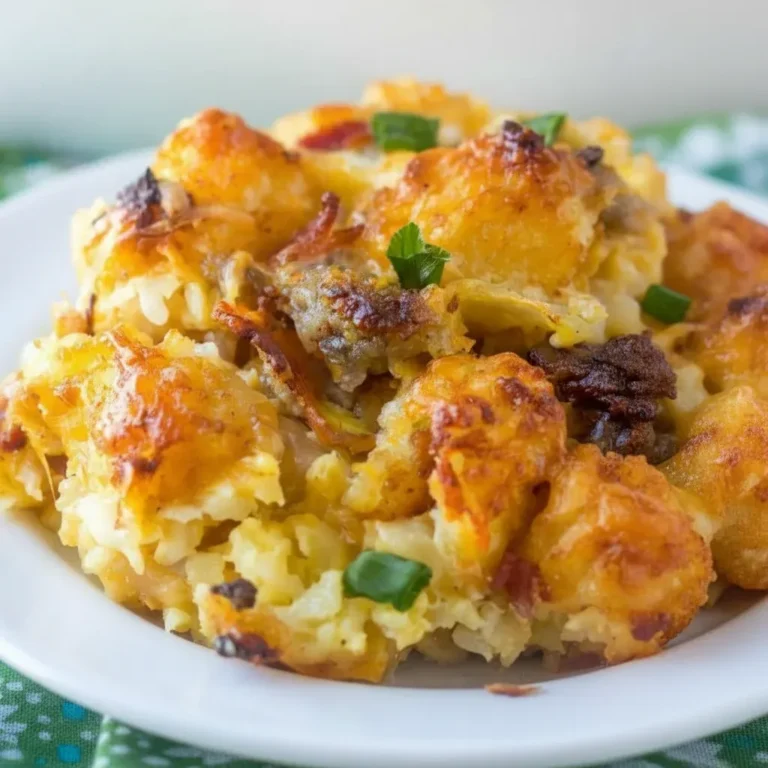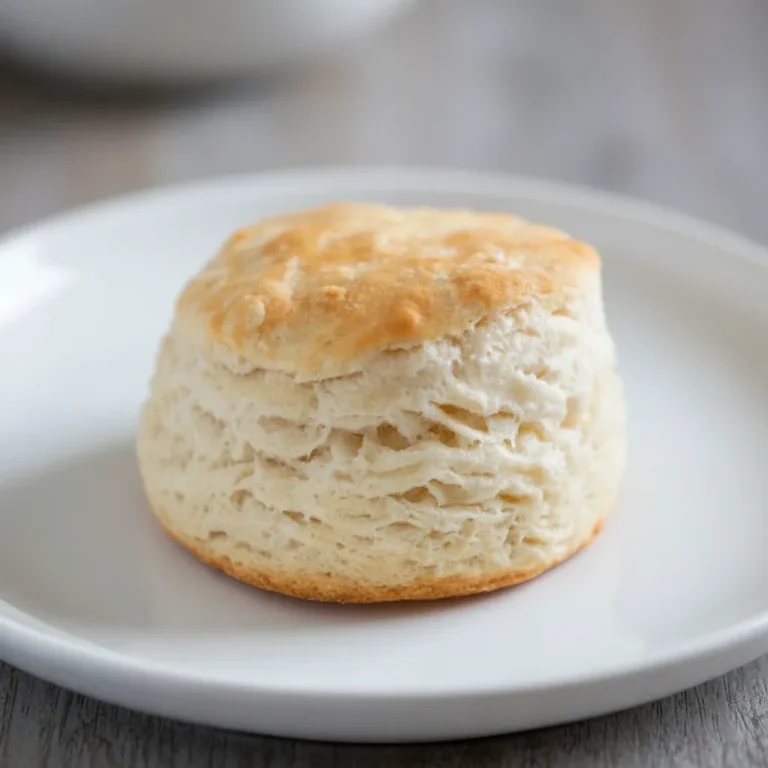The Ultimate Rhubarb Sauce Recipe: Simple, Sweet, and So Versatile
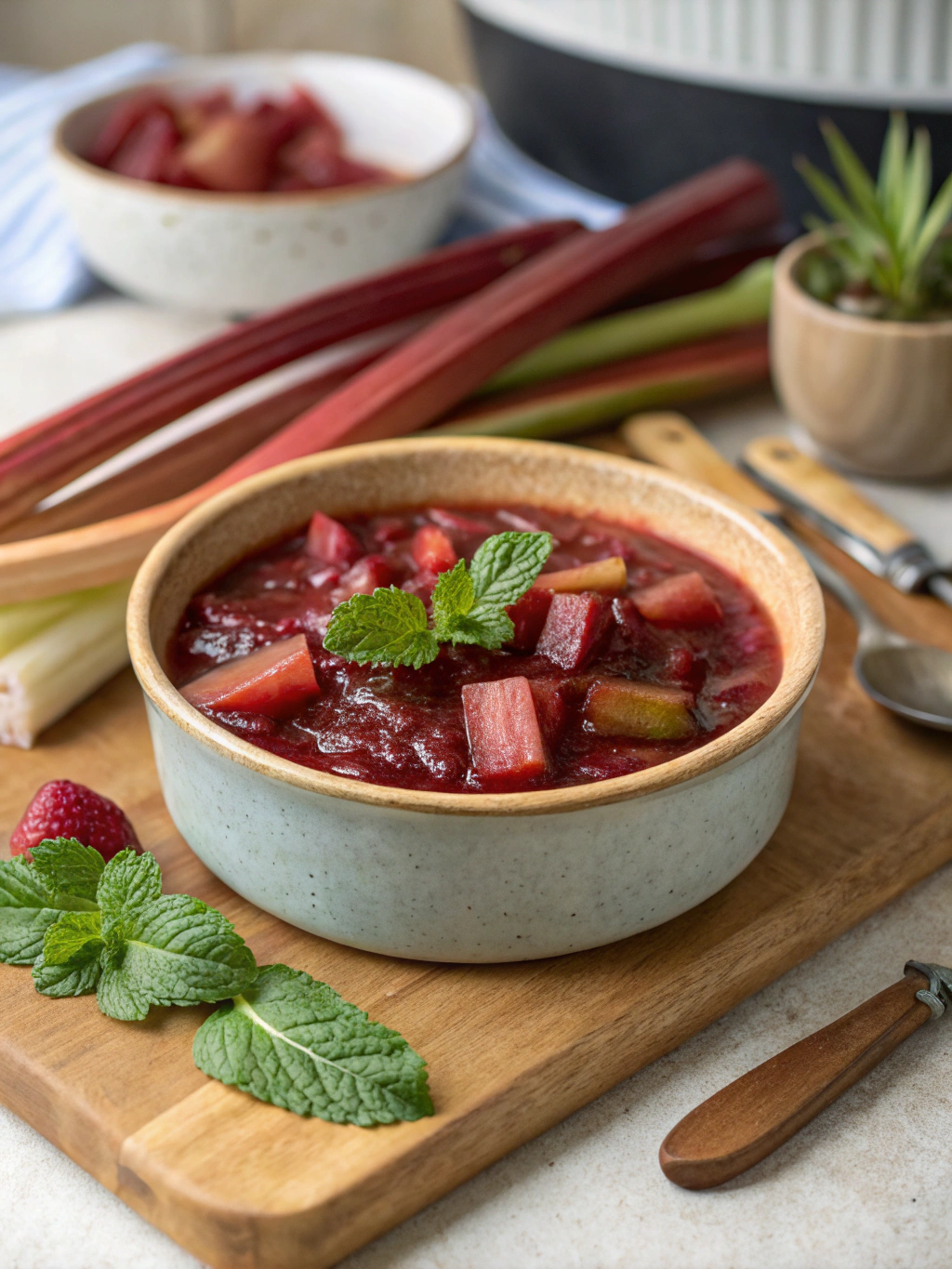
Are you wondering what to do with that beautiful bunch of ruby-red rhubarb you’ve picked up from the market or perhaps even grown in your own garden? That delightful tartness, a true taste of spring and early summer in Britain, often brings back fond memories of crumbles, pies, and tangy accompaniments. Well, we’re here to show you how incredibly simple it is to transform those vibrant stalks into a stunning homemade rhubarb sauce that you’ll want to put on absolutely everything!
Why We Love This Easy Rhubarb Sauce
There’s something truly special about making things from scratch, especially when the ingredients are in season. This easy rhubarb sauce is a firm favourite in our kitchens for several reasons. Firstly, it’s incredibly straightforward – with just a few basic ingredients and minimal effort, you can create something truly delicious. Secondly, the vibrant pink colour is simply gorgeous, adding a splash of joy to any dish. And finally, its versatility is unmatched. From a dollop on your morning porridge to a sophisticated accompaniment for roast pork, this sauce delivers a wonderful balance of sweet and tart flavours that can elevate so many meals. We think you’ll find it quickly becomes a staple in your culinary repertoire.
What You’ll Need: Ingredients for Your Rhubarb Sauce
To get started on this delightful rhubarb sauce recipe, you won’t need a long list of complicated ingredients. We’re keeping it simple, allowing the natural flavour of the rhubarb to shine through.
- Fresh Rhubarb: About 500g (around 4-5 medium stalks). Look for firm, crisp stalks with good colour.
- Caster Sugar: Around 100g, or to taste. Rhubarb can be quite tart, so adjust the sweetness to your preference. You can also use granulated sugar.
- Water: About 60ml (4 tablespoons). Just enough to help the rhubarb break down without making the sauce too thin.
- Lemon Juice (Optional): A squeeze (about 1 tablespoon) to brighten the flavour and help preserve the colour.
- Vanilla Extract or Ginger (Optional): A teaspoon of vanilla extract or a small knob of freshly grated ginger can add a lovely warmth.
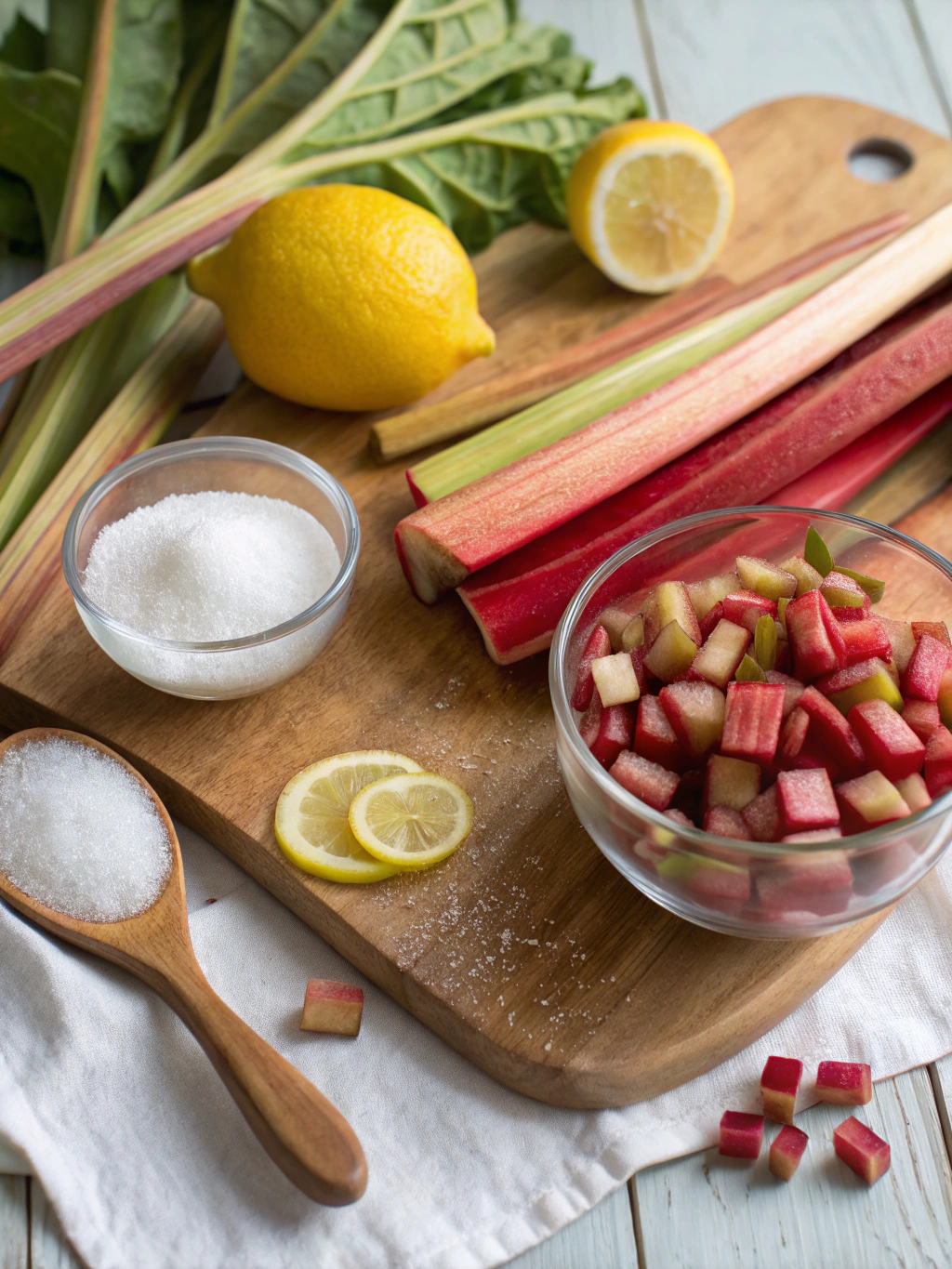
We find that these basic components create a perfectly balanced sauce, but feel free to experiment with the optional additions to make it your own!
How to Make Our Delicious Rhubarb Sauce Recipe: Step-by-Step
Now, let’s get down to the fun part – making the sauce! We promise it’s easier than you think. Follow these simple steps for a perfect batch of rhubarb sauce every time.
H3: Preparing Your Rhubarb
- Wash and Trim: Thoroughly Rinse the rhubarb stalks thoroughly under cold running water to remove any dirt or debris. to remove any dirt. Trim off the tough Trim the ends and discard any leaves—remember, rhubarb leaves are toxic and should never be consumed.
- Chop: Chop the rhubarb stalks into small pieces, about 1-2 cm (half an inch to an inch) thick. Consistent sizing helps the rhubarb cook evenly.
H3: Cooking the Sauce to Perfection
- Combine Ingredients: In a medium saucepan, mix together the chopped rhubarb, sugar, and water. If you’re using lemon juice or grated ginger, add them now.
- Gentle Heat: Place the saucepan over medium-low heat. Stir gently to help dissolve the sugar.
- Simmer: Heat the mixture until it reaches a gentle simmer. Once simmering, Lower the heat to low, cover the pan, and let it simmer gently for 15 to 20 minutes. Stir occasionally to prevent sticking and to help the rhubarb break down.
- Check Consistency: After 15 minutes, check the rhubarb. It should be soft and starting to fall apart. If you prefer a chunkier sauce, cook for a shorter time. For a smoother sauce, cook a little longer until the rhubarb has completely broken down. You can gently mash any larger pieces with the back of a spoon if desired. This is essentially creating a wonderful rhubarb compote.
- Add Vanilla (if using): If you’re adding vanilla extract, stir it in after you’ve removed the sauce from the heat. This helps preserve its delicate flavour.
- Cool: Allow the rhubarb sauce to cool slightly before transferring it to a clean jar or container. It will thicken further as it cools.
Tips and Tricks for the Best Rhubarb Sauce
While our recipe is quite straightforward, here are a few extra tips to help you achieve rhubarb sauce perfection:
- Adjust Sweetness: Taste the sauce as it cooks (carefully, it’s hot!). If it’s too tart, Gradually add more sugar, one tablespoon at a time, until the mixture reaches your preferred level of sweetness.
- Flavour Variations:
- Citrus Zest: Add the zest of an orange or lemon along with the juice for an extra citrusy kick.
- Spices: A pinch of ground cinnamon, nutmeg, or star anise (removed before serving) can add a warm, comforting note.
- Rhubarb and Ginger Sauce: For a more pronounced ginger flavour, use a larger piece of fresh ginger, finely grated, or even a teaspoon of ground ginger. This combination is a classic and for good reason – it’s tasty!
- Consistency Control: If your sauce is too thick, stir in a small amount of water—one tablespoon at a time—until it reaches the desired consistency. If it’s too thin, simmer it uncovered for a few more minutes to allow some of the excess liquid to evaporate.
- Forced vs. Field Rhubarb: Early-season forced rhubarb tends to be more tender and a brighter pink, requiring less sugar and cooking time. Later-season field-grown rhubarb might be a bit tougher and tarter.
Creative Uses for Rhubarb Sauce
Once you’ve made your batch of delicious rhubarb sauce, the possibilities are endless! Here are some of our favourite ways to enjoy it:
- Breakfast Booster: Swirl it into plain yoghurt, cottage cheese, or Greek yoghurt. It’s also fantastic spooned over porridge, muesli, or granola.
- Dessert Delight: Serve warm or cold with vanilla ice cream, custard, or panna cotta. It’s a classic accompaniment to crumbles and pies, or you can use it as a topping for cheesecakes. We think it would be particularly lovely with a slice of Sour Cream Pound Cake Recipe.
- Pancakes and Waffles: Ditch the maple syrup for a change and generously pour rhubarb sauce over your freshly made pancakes or waffles.
- Savoury Surprise: Believe it or not, rhubarb sauce can be a wonderful partner for savoury dishes. Its tartness cuts through the richness of roasted pork, duck, or oily fish like mackerel.
- Baking Ingredient: You can incorporate rhubarb sauce into muffins, cakes, or even swirl it into brownie batter before baking. If you enjoy baking with fruit purees, you might also like our Applesauce Cake Recipe, which offers a different but equally delightful fruit-based bake.
Storing Your Rhubarb Sauce
Proper storage will ensure your homemade rhubarb sauce stays fresh and delicious.
- Refrigeration: Once cooled, transfer the sauce to an airtight container or clean glass jar. It will keep well in refrigerator for up to 3 weeks.
- Freezing: For a long storage, the rhubarb sauce freezes beautifully. Allow it to cool completely, then portion it into freezer_safe containers or heavy-duty freezer bags. It can be frozen for up to 6 months. To use, thaw it overnight in the refrigerator.
Watch: How to Make Easy Rhubarb Sauce
Sometimes, seeing is believing! Here’s a helpful video from a fellow food enthusiast showing just how simple making rhubarb sauce can be. This one demonstrates a very similar method to ours and is great for beginners.
Understanding Rhubarb: A Little Background
Rhubarb is quite a fascinating plant! Botanically speaking, it’s a vegetable, but in the culinary world (and legally in the US for tariff purposes!), it’s most often treated as a fruit due to its use in sweet dishes. In the UK, the main rhubarb season typically runs from April to September, with the tender, pink “forced rhubarb” (grown in darkness) appearing earlier, from late December to March.
A crucial point to remember is that only the stalks of the rhubarb plant are edible. The leaves contain high levels of oxalic acid and are poisonous, so always discard them carefully. For more detailed information on growing and handling rhubarb, we recommend consulting an authoritative source like the Royal Horticultural Society (RHS).
Frequently Asked Questions (FAQ) about Rhubarb Sauce
How much sugar should I use in my rhubarb sauce recipe?
The amount of sugar really depends on the tartness of your rhubarb and your personal preference. We suggest starting with around 100g of sugar for 500g of rhubarb and adjusting from there. Taste as you go!
Can I use frozen rhubarb to make sauce?
Yes, absolutely! You don’t even need to thaw it first. Just add the frozen rhubarb pieces to the saucepan with the sugar and water. You might need to cook it for a few extra minutes for it to break down.
Why is my rhubarb sauce stringy?
Stringiness can sometimes occur, especially with older, tougher rhubarb stalks. To minimise this, ensure you chop the rhubarb into small pieces. If it’s still stringy after cooking, you can give it a quick blitz with an immersion blender for a smoother texture, or simply embrace the rustic charm!
Is rhubarb sauce healthy?
Rhubarb itself is low in calories and a good source of fibre, Vitamin K, and Vitamin C. However, rhubarb sauce typically contains added sugar. To make a healthier version, you can reduce the amount of sugar or use natural sweeteners like honey or maple syrup (though this will alter the flavour profile). You could also try sweetening it with fruit juice like orange or apple juice.
How long does homemade rhubarb sauce last?
Stored in an airtight container in the refrigerator, your homemade rhubarb sauce should last for up to 2 weeks. For longer storage, it freezes very well for up to 6 months.
Can I make this recipe sugar-free?
Yes, you can. However, rhubarb is naturally very tart, so you’ll likely want to use an alternative sweetener. Options include stevia, erythritol, or xylitol, according to your preference and the product’s instructions. Alternatively, cooking it with sweet fruits like strawberries or apples can naturally sweeten the sauce, though this will create a different flavour profile than a pure rhubarb sauce.
Conclusion: Enjoy Your Delicious Homemade Rhubarb Sauce!
We hope you’ve enjoyed learning how to make this wonderfully simple and delicious rhubarb sauce recipe. There’s a real satisfaction in transforming fresh, seasonal produce into something so versatile and tasty. Whether you’re spooning it over your morning oats, pairing it with a decadent dessert, or trying it with a savoury dish, we’re confident you’ll love the vibrant flavour it brings.
So, why not give this recipe a go? We encourage you to try this rhubarb sauce recipe today and experience the joy of homemade goodness. We’d love to hear how yours turned out and what your favourite ways to use rhubarb sauce are – please share your thoughts and creations in the comments below! Happy cooking!


